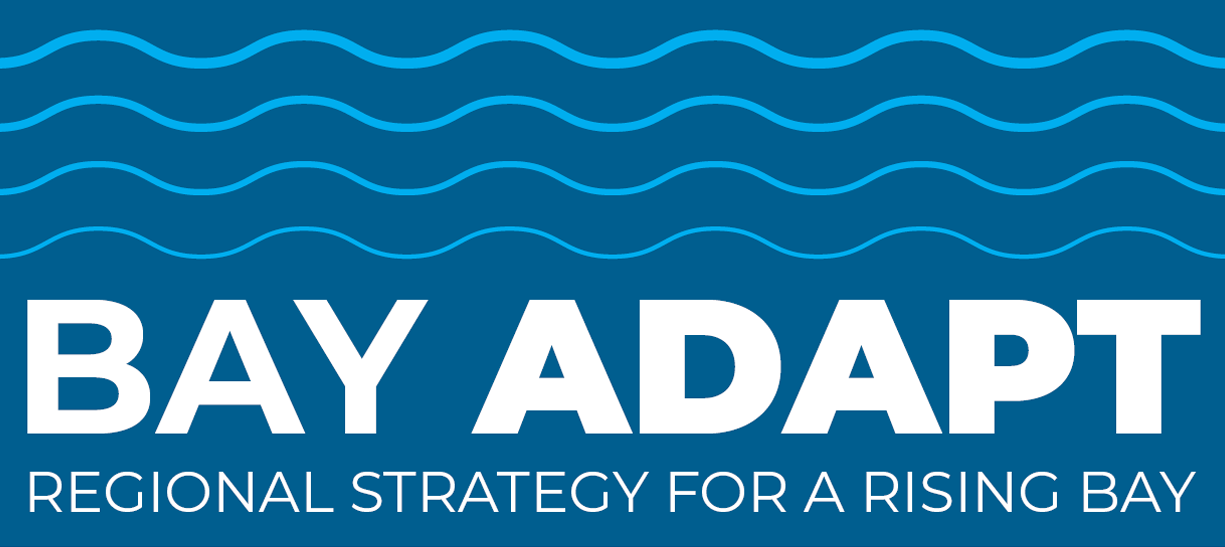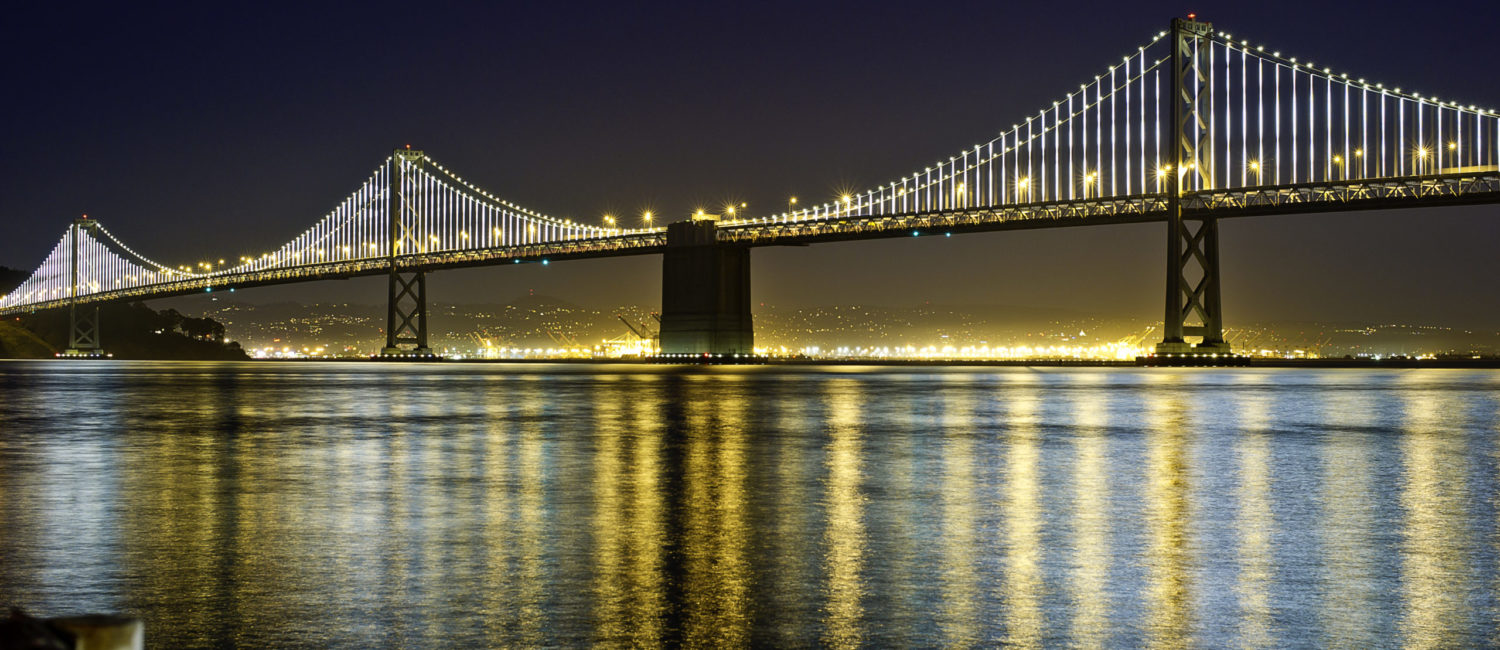Big Ideas
The Alluring World of the Native Olympia Oyster (Evyan Sloane - Coastal Conservancy)
The problem: Through the 20th century, our bays and estuaries have been filled in and become more fragmented, polluted, and industrialized. This decimated the Olympia oyster population and all the important work they were silently doing to filter and clean water, buffer and protect shorelines, and feed people and wildlife was reduced dramatically. Restoring Olympia oysters in the San Francisco Bay as part of nature-based restoration efforts can bring back some of these benefits and help us cope with the modern challenges of sea level rise.
The big idea:The Coastal Conservancy, The Nature Conservancy, San Francisco State University (SFSU), San Francisco Estuary Partnership, and others are developing an initiative to create excitement and support for restoration of the only native oyster on the west coast, the Olympia oyster (Ostrea lurida). The Olympia oyster is a tiny powerhouse that forms beds that provides food, habitat, supports fisheries, filters and cleans water, and can protect shorelines in the face of sea level rise. We are trying to build a fan club (Team Oly!) to help sustain and scale up nature-based adaptation projects that include the Olympia oyster.
What is the ask:We are at the beginning stages of this initiative with the design team, Above/Below, and the core team currently developing a web story to educate the public, legislators, agencies, and other restoration and resilience practitioners about the history and importance of Olympia oysters. From there, we would like to spread the love with a series of joyful events celebrating the native Olympia oyster such as restaurant pop-ups, art exhibits, and other community events. We ask YOU to join Team Oly!
Our Town Hall (Sumeet Sandhu and Yousef Kazerooni)
The problem: Community Stakeholder Management is a difficult problem for governments due to technical challenges (ad-hoc, fragmented processes that rely on coarse data or individual staff knowledge) and social challenges (historical distrust of government and technology). Technology-accelerated national politicization of culture has exacerbated misinformation and mistrust. Can we use technology instead to build trust by operationalizing discovery, engagement, and activation of communities from the ground up – through deeper partnership models such as revenue-sharing?
The big idea: We propose a Stakeholder Discovery App to find local assets including community based organizations. The App uses AI to discover and characterize communities more comprehensively and precisely than desktop research. It serves as a foundation for community engagement – e.g. to implement Community Ambassador programs for outreach and education.
What is the ask: We are hoping to receive feedback on our ideas from the lived experiences of collective expertise at this summit. In particular we are hoping to find partners and even customers.
Anchoring Nature: Ports as Biodiversity Hubs (Simon Betsalel, Port of San Francisco)
The problem: Biodiversity is in a global crisis. Populations are shrinking, species are vanishing, and habitats are under pressure. In the Bay Area alone, more than 90 species are threatened or endangered. Wetlands are especially at risk—only 10% of the Bay’s natural wetlands remain. As cities push to redevelop shorelines, natural systems are increasingly sacrificed to urban growth.
The big idea: We can rethink urban shorelines—starting with ports—as biodiversity hubs. Ports, situated in sensitive ecosystems and aligned with migratory bird routes, can host habitat, education, and even green jobs. Small shifts in management practices, coordinated across ports and waterways, could create outsized ecological benefits.
What is the ask: This idea needs nurturing, just like the ecosystems it hopes to restore. We’re seeking connections with ports, advocates, and naturalists to share practices and shape implementation. Which plants should be prioritized? Which species could benefit most? And more broadly, how can we all incorporate nature—however small—into the places where we live and work?
Tiburon Artist Laureate and ICB Sausalito Artist Community (Christa Grenawalt)
The problem: The Bay Area faces some of the highest projected sea level rise in California, and places like Mill Valley’s marshlands are already at risk of permanent inundation. While we have scientific solutions, marsh restoration, sediment management, and managed retreat—the barrier is public imagination and political will. By connecting people emotionally to the land and water through art, we can shift community mindsets, build support for adaptation, and accelerate action.
The big idea: My big idea is to use art as a catalyst for climate adaptation in vulnerable Bay Area communities like San Rafael and Richardson Bay. By combining creative expression with science, I want to show how marshlands can buffer sea level rise and help communities imagine, and support, nature-based solutions. This work makes the urgency of rising tides tangible while inspiring the cultural shift needed to implement strategies.
What is the ask: I’m seeking collaborators who bridge art, science, and community, adaptation planners, ecologists, funders, and local leaders who want to experiment with new ways of engaging the public. I’d like to identify potential pilot sites, like Richardson Bay or Bothin Marsh, where creative storytelling can amplify and support adaptation efforts already underway. My hope is to build partnerships that merge environmental restoration with cultural transformation.


[…] After Alexis, participants got to hear 4 big, creative ideas for new projects, campaigns, and collaborations that could shape the Bay Area’s climate future as part of a shark tank-style pitch session with the 2025 Bay Adapt Awardees as experts. As part of one of the inspiring pitches, Amy Hutzel, the Executive Officer of the California State Coastal Commission donned an Oyster costume as the audience learned about how the Coastal Conservancy is building excitement and support for Olympia oysters through “Team Oly!”—a fan club to champion and scale up oyster-based adaptation projects. Read more about pitches here. […]